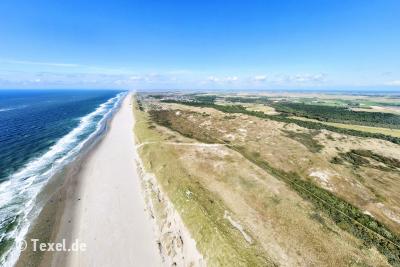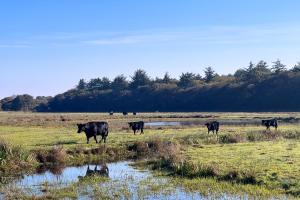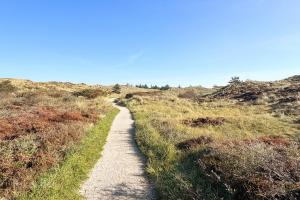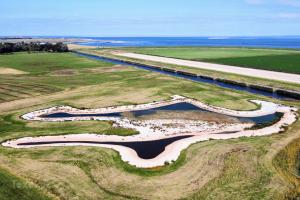
Texel, the largest of the Dutch Wadden Islands, is a paradise for nature lovers. With its vast beaches, forests, dunes, and unique flora and fauna, there is always something new to discover. Below you’ll find a comprehensive overview of the most beautiful natural areas on Texel, ranked by recommendation. This guide will help you find the best spots for walking, cycling, birdwatching, and simply enjoying the island’s stunning landscapes.








































